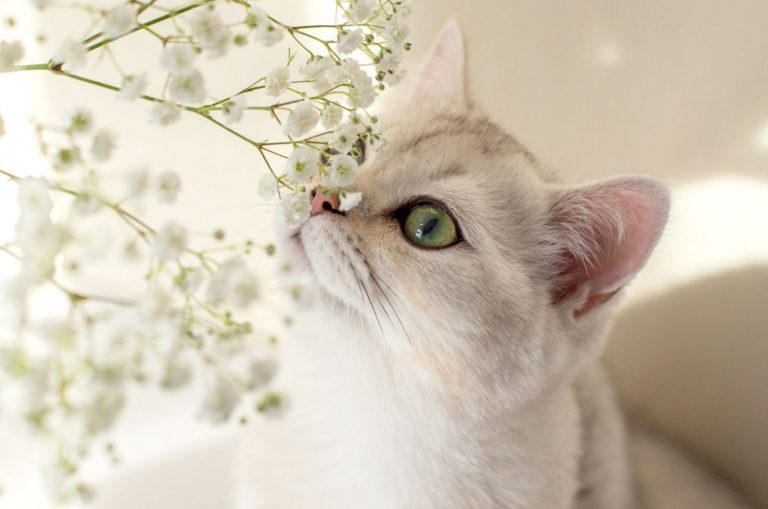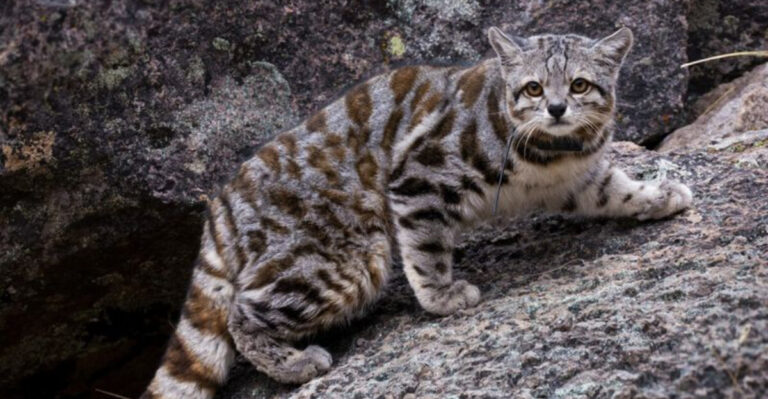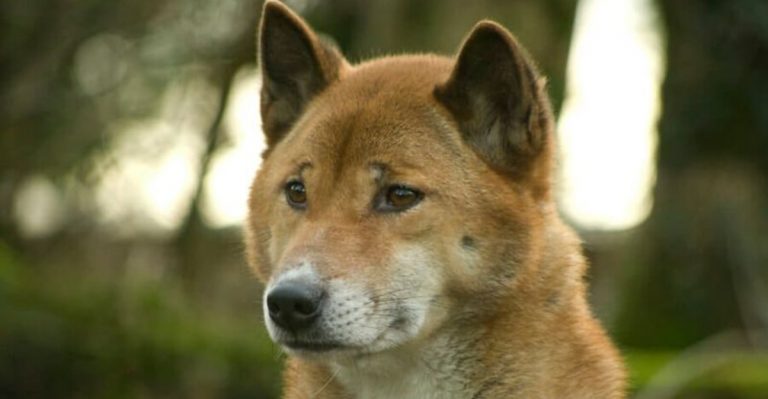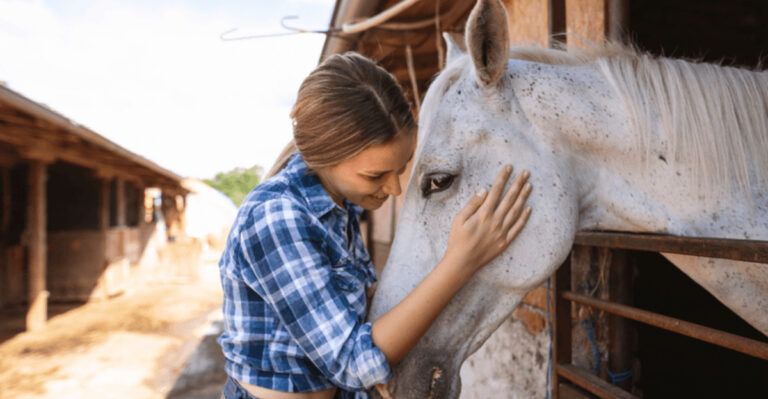12 Wildlife Wonders That Call Texas Home (You Won’t Believe Some Of These Species)
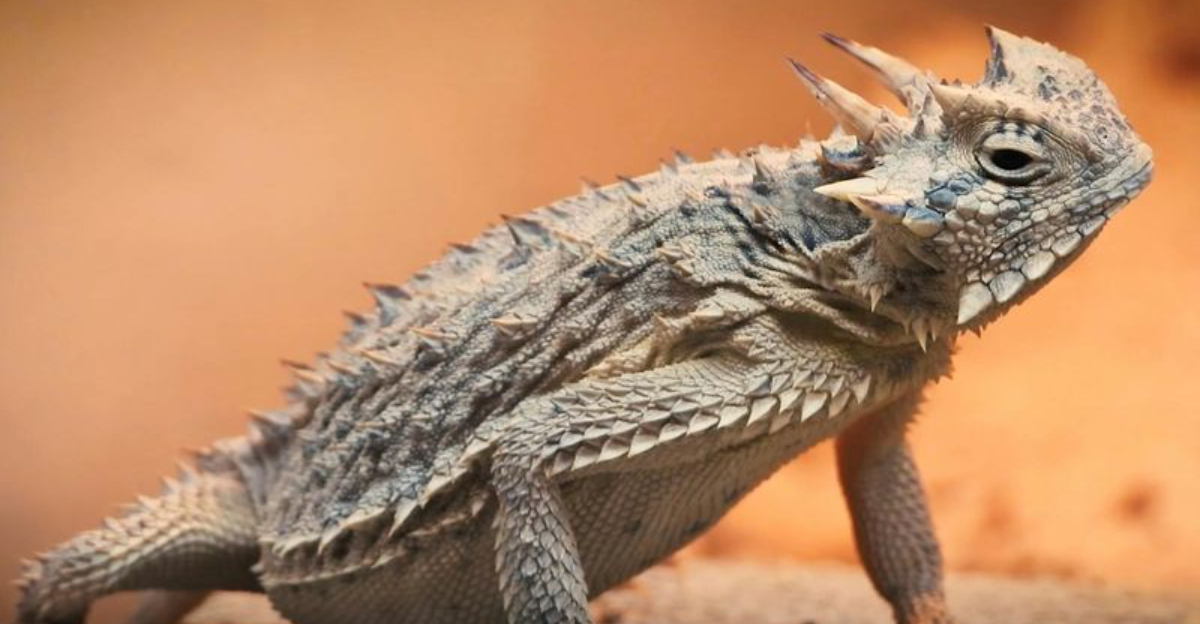
Texas is home to an incredible variety of wildlife, from the iconic longhorns to elusive mountain lions. The Lone Star State’s diverse landscapes, from piney woods to desert plains, create perfect habitats for numerous fascinating creatures.
Get ready to discover some amazing animals that roam freely across Texas’s vast wilderness!
1. Texas Longhorn
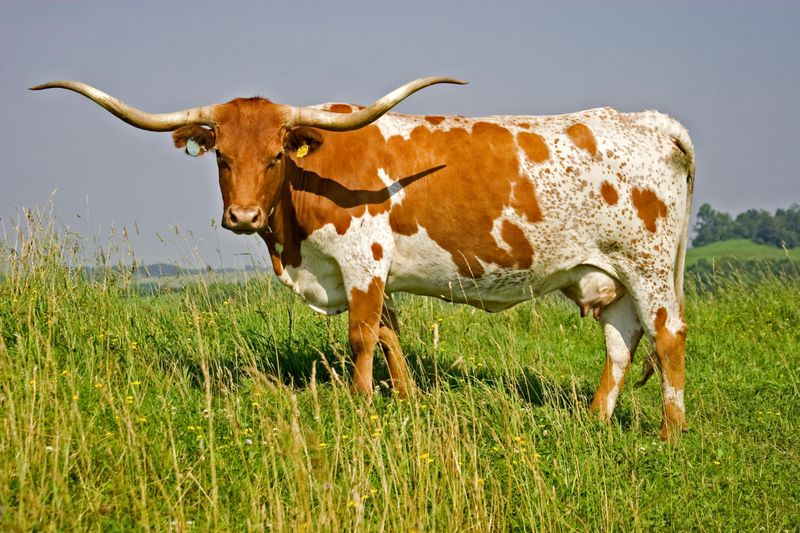
Majestic symbols of Texas heritage, longhorns sport impressive horns that can span up to seven feet from tip to tip! These hardy bovines aren’t just for show – they’ve evolved to thrive in the harsh Texas climate.
Longhorns roam across Texas ranches and grasslands, embodying the spirit of the Wild West. Their remarkable ability to convert poor vegetation into muscle makes them perfect for the sometimes unforgiving Texas landscape.
2. American Bison
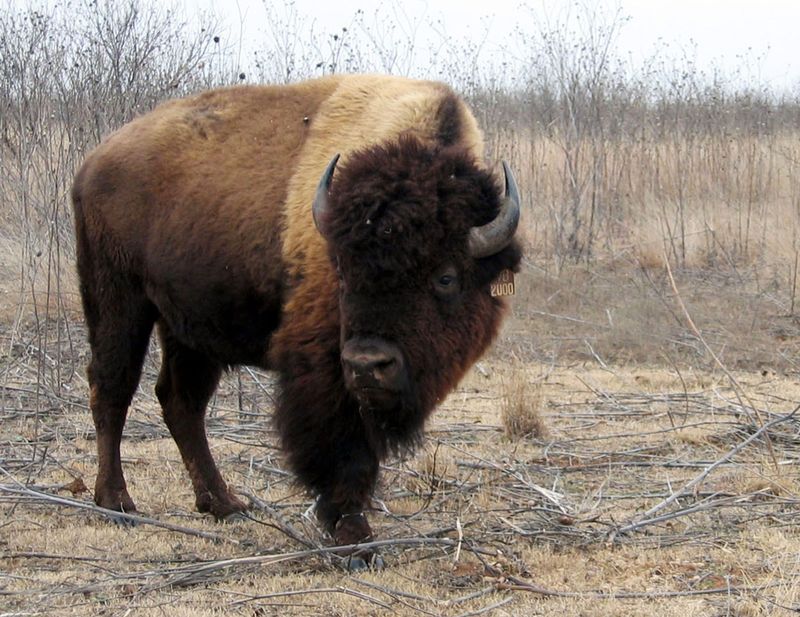
Imagine standing before a 2,000-pound living bulldozer with a shaggy coat and powerful shoulders. Once nearly extinct, these magnificent beasts now roam parts of Texas thanks to conservation efforts.
Bison herds create their own ecosystems by wallowing in dirt, creating depressions that collect rainwater for other species. Their presence in the Texas Panhandle reminds us of the wild frontier that once defined the American West.
3. White-Tailed Deer
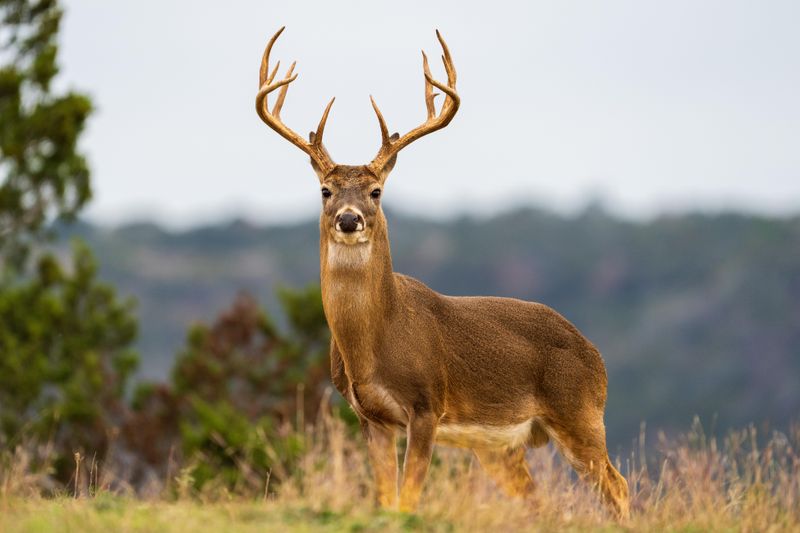
Graceful and alert, white-tailed deer flash their namesake tails as warning signals when danger approaches. These elegant creatures bound through Texas forests and grasslands with impressive speed, reaching up to 30 mph.
At dawn and dusk, you’ll often spot them feeding along roadsides or in clearings. Texas boasts one of America’s most robust deer populations, with over four million white-tailed deer making the state their home.
4. Mountain Lion
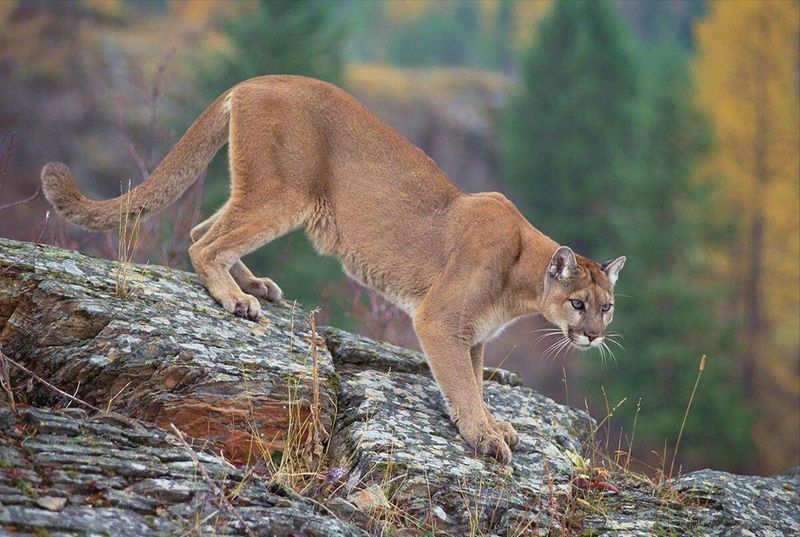
Silent and powerful, mountain lions prowl Texas landscapes as apex predators. Few Texans ever glimpse these solitary cats, despite their widespread presence across the state’s diverse terrains.
Also called cougars or pumas, these magnificent felines can leap 15 feet high and 40 feet forward in a single bound! Their adaptability allows them to thrive in mountains, deserts, and forests, hunting primarily at night when their superior vision gives them an edge.
5. Peregrine Falcon
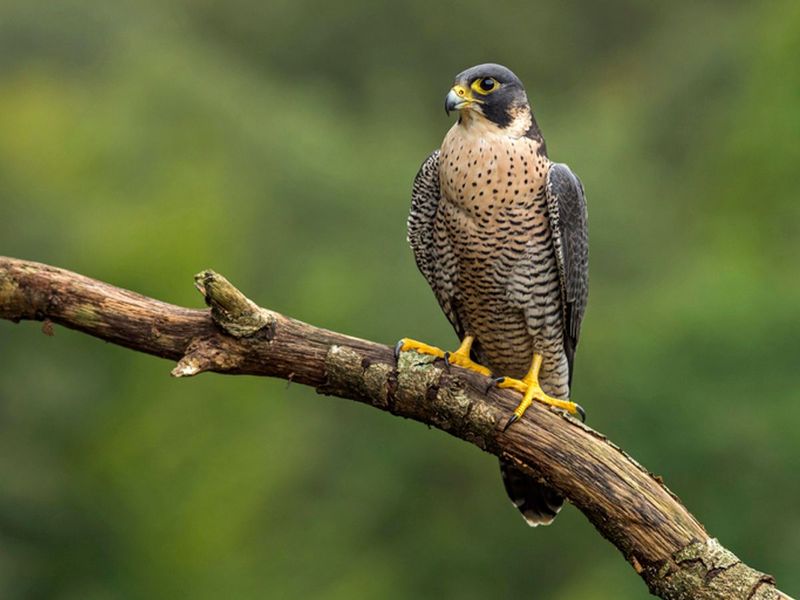
Soaring above Texas skies, the peregrine falcon reigns as the fastest animal on Earth. When diving for prey, these aerial hunters reach speeds over 200 mph – faster than many sports cars!
Once endangered due to DDT pesticides, peregrines have made a remarkable comeback. They’ve adapted to urban environments, nesting on skyscrapers in Houston and Dallas that mimic their natural cliff habitats while hunting pigeons and other birds in city skies.
6. Bobcat
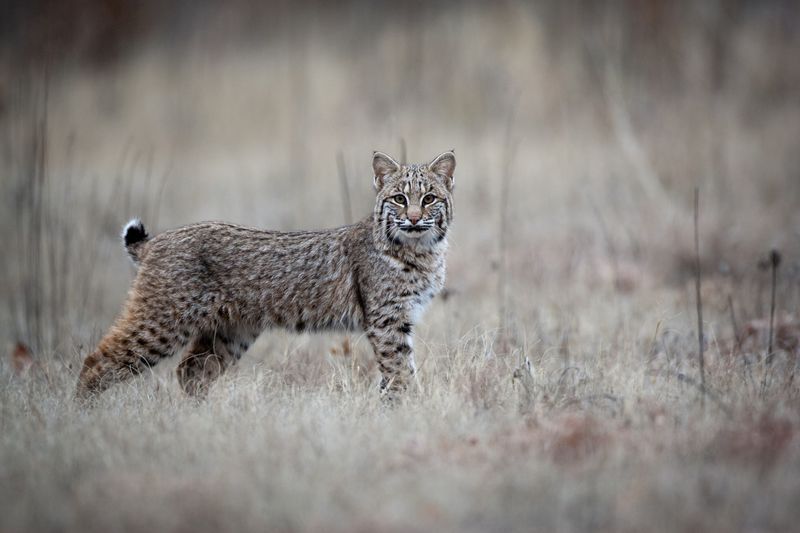
Stealthy and elusive, bobcats prowl Texas landscapes from Big Bend to the Piney Woods. Their distinctive spotted coats and tufted ears make them recognizable, though few humans ever spot these secretive hunters.
Despite their wild nature, bobcats have adapted surprisingly well to human expansion. They hunt rabbits, rodents, and birds with incredible precision, helping control pest populations naturally. Their characteristic bobbed tail, for which they’re named, is just a third the length of their body.
7. Texas Horned Lizard
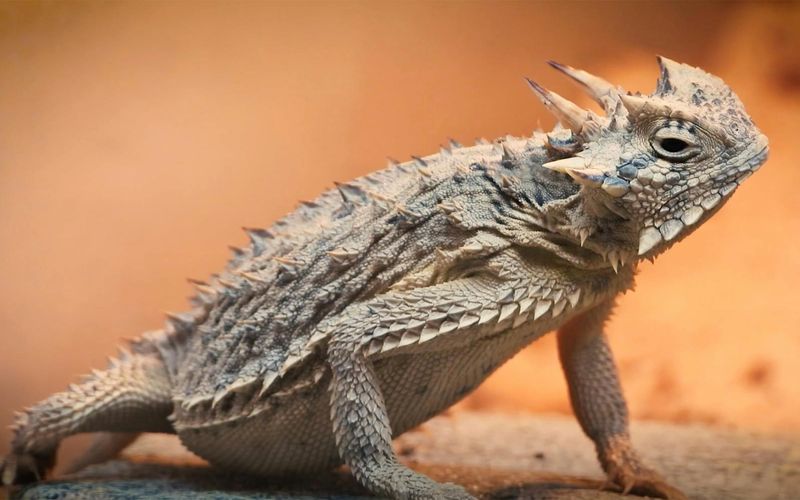
Affectionately called “horny toads” by Texans, these prehistoric-looking reptiles sport crown-like spines that give them warrior status among lizards. Their flattened bodies and earth-toned coloration provide perfect camouflage in their desert homes.
When threatened, these little defenders unleash a bizarre superpower – shooting blood from their eyes! This startling defense can spray up to 3 feet, often surprising predators enough to make an escape. Sadly, their populations have declined due to habitat loss and imported fire ants.
8. American Alligator
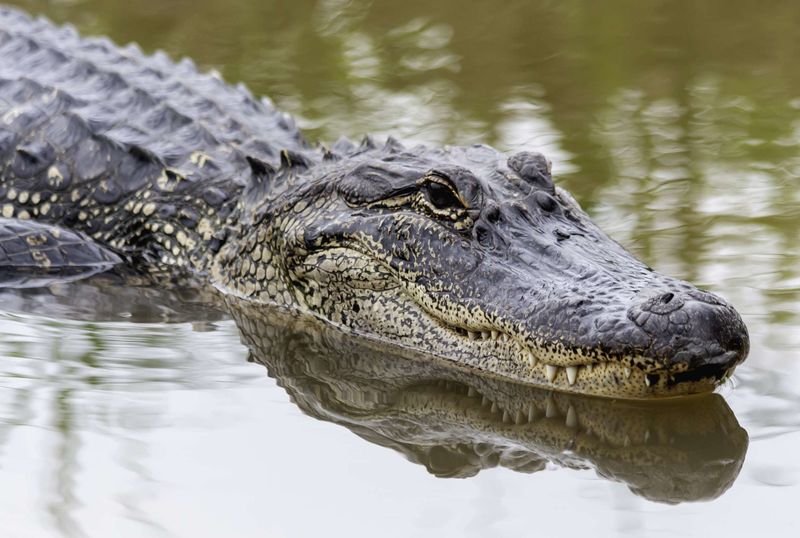
Ancient survivors from prehistoric times, American alligators patrol East Texas waterways with prehistoric grace. Their armored bodies and powerful jaws make them apex predators in swamps and marshes.
Female alligators are devoted mothers, guarding their nests fiercely and carrying hatchlings in their mouths to safety. Though once endangered, conservation efforts have restored healthy populations across southeast Texas, where they play crucial roles in maintaining wetland ecosystems.
9. Golden-Cheeked Warbler
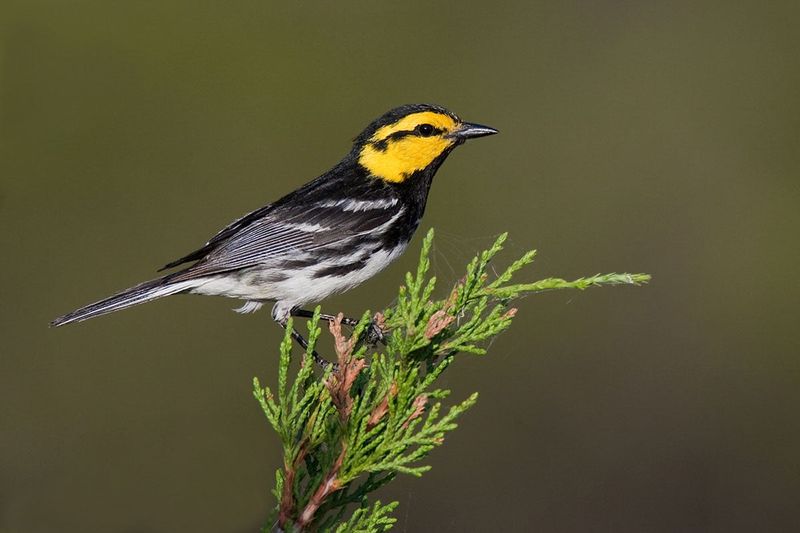
Sporting striking yellow-and-black markings, the golden-cheeked warbler brings tropical flair to Texas Hill Country. This endangered songbird has the unique distinction of nesting exclusively in Texas, nowhere else on Earth!
Their beautiful, buzzy songs fill cedar breaks each spring when they return from wintering in Central America. These tiny travelers depend specifically on mature Ashe juniper trees for nesting material, making conservation of Hill Country habitat critical for their survival.
10. Javelina
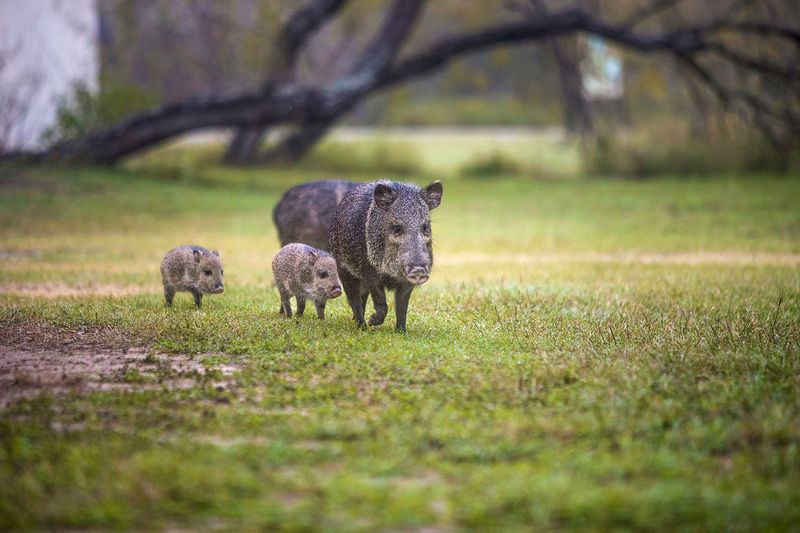
Often mistaken for wild pigs, javelinas are actually peccaries , a completely different family of mammals! These social creatures travel in family groups called “squadrons” through South Texas brush country.
Sharp tusks and musky scent glands give javelinas their distinctive character. Despite their fierce appearance, they’re primarily vegetarians, feasting on prickly pear cactus pads with specialized digestive systems that handle the spines. Their name comes from their sharp tusks, which resemble javelins.
11. Black Bear
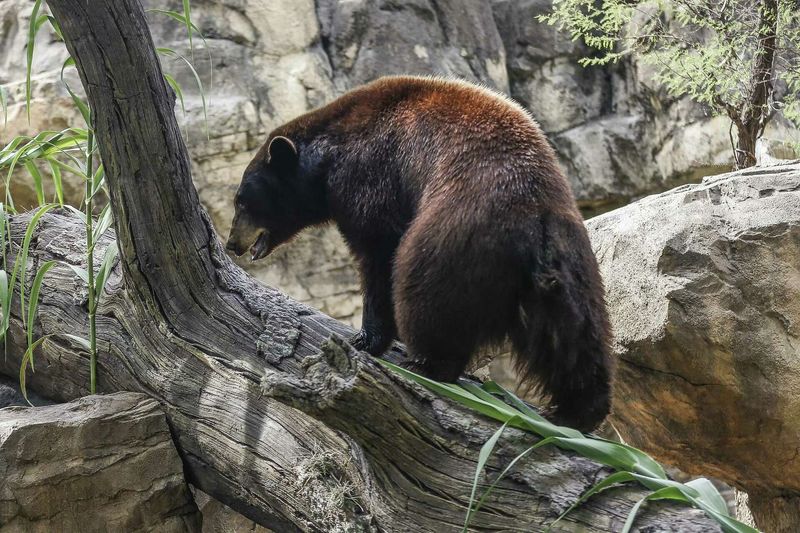
Against all odds, black bears have reclaimed their Texas territory after near-extinction in the state. These resilient omnivores now roam East Texas forests and parts of the Trans-Pecos region, thrilling wildlife enthusiasts.
Don’t let the name fool you! Texas black bears often sport cinnamon or brown coats! Their powerful sense of smell helps them locate food up to a mile away. Young bears sometimes climb trees to escape danger, while adults prefer to stand their ground.
12. Western Diamondback Rattlesnake
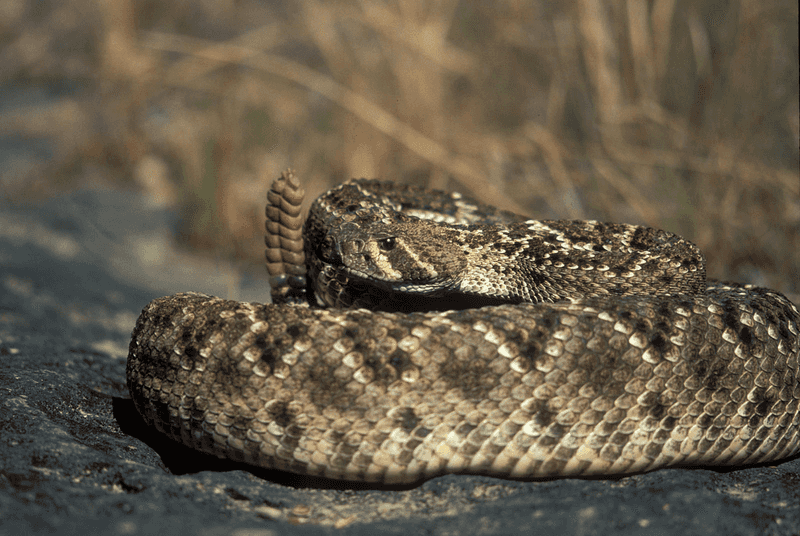
The unmistakable buzz of a rattlesnake’s tail serves as nature’s warning system across Texas landscapes. These venomous reptiles aren’t aggressive hunters of humans, they simply ask for space and respect.
Masters of desert survival, diamondbacks can go months without water by extracting moisture from their prey. Their diamond-patterned bodies provide perfect camouflage among rocks and brush. Though feared, these snakes play vital roles controlling rodent populations that might otherwise spread disease.

